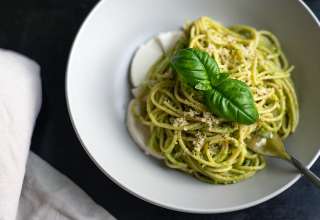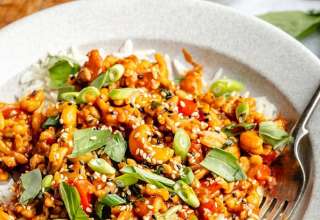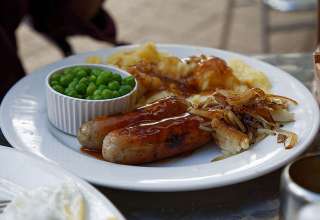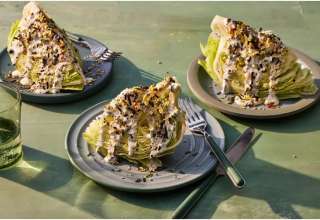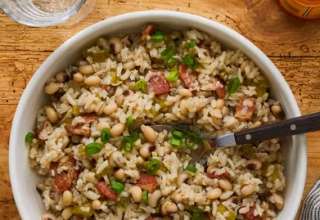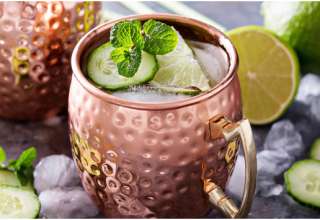
Pancake Day always takes place on Shrove Tuesday in Great Britain, the day before Ash Wednesday, which is the first day of the Christian season of Lent in the run up to Easter. Traditionally, Shrove Tuesday was a day for using up food that could not be eaten during Lent, which was a time for fasting. Therefore people made pancakes using leftover eggs and butter.
Gary Durrant, head chef of five-star hotel, The Arch London, sets out the best British pancake-making tips.
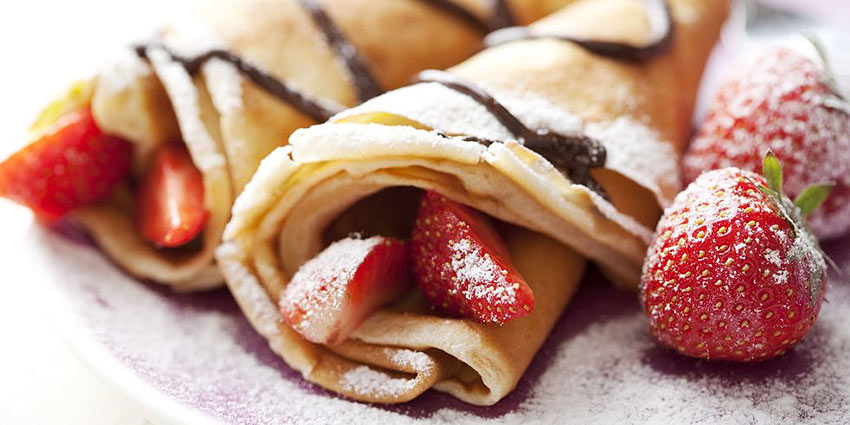
It may seem easier to pick up a pre-made packet mix, but following a homemade pancake recipe is much simpler than you’d imagine. Scrumptious homemade pancakes take only minutes to create and are healthier for you.
1. Pick a pancake style
Almost every country and culture has its own version of pancakes, from a Malaysian ‘Lempeng’ made with banana and coconut, to a French crepe, fat Canadian pancake stack, or classic British pancakes served with sugar and lemon. The mixture for pancakes differs depending on the country’s readily available ingredients, such as corn in Venezuela, cabbage in Japan and rice in Nepal. All types of pancakes are relatively easy to make, so why not consider trying some different kinds to spice up your Pancake Day.
2. Fat matters
If making traditional English pancakes, make sure to use plenty of fat to get the batter nice and crispy. If you use oil, then I recommend vegetable oil, and if you use butter, then clarified butter works best.
3. Timing
Pancakes should usually only take about 2-3 minutes to cook, but it’s best to ignore the clock and check for bubbles on the top of the pancake, which means it’s ready to flip over. Make sure not to cook it for much longer than 2-3 minutes though, as the batter could dry out.
4. Toppings
Pancakes are delicious both sweet and savoury, depending on your taste. They go very well with fresh fruit, chocolate and maple syrup, but equally well with ham, cheese and bacon, for example. Try using different cheeses such as brie, ricotta, or blue cheese, which taste amazing when melted inside a crispy pancake.
5. Hitting the pan
Don’t just dollop the mixture in with any old kitchen utensil. It’s helpful if you spoon the batter into the pan using a large ladle so it can be poured into the hot pan in one go. As soon as the batter hits the pan, tip it around from side to side to get the base evenly coated with a nice thin layer of batter.
Here is a simple recipe for making 10 pancakes:
Ingredients:
- 75g – plain flour
- 120ml – full fat milk
- Pinch of sugar
- Pinch of salt
- 1 egg
Method:
- Put the flour, salt and sugar into a bowl and make a dip in the centre using a spoon.
- In a separate bowl, whisk the milk and egg together, and then whisk this gradually into the flour mixture. The batter should resemble the consistency of single cream. Some people swear by leaving the mixture to rest for an hour, but it’s fine to use straight away. A heavy non-stick frying pan about 16cm across is best over a steady, medium to high heat.
If you’re after something a little healthier, check out how to make these perfect gluten free pancakes. Or take a look at trying out something slightly different with these soda water pancakes.
POST SCRIPT
Our prehistoric ancestors just may have eaten pancakes.
Analyses of starch grains on 30,000-year-old grinding tools suggest that Stone Age cooks were making flour out of cattails and ferns—which, researchers guess, was likely mixed with water and baked on a hot, possibly greased, rock. The result may have been more akin to hardtack than the modern crepe, hotcake, or flapjack, but the idea was the same: a flat cake, made from batter and fried.
